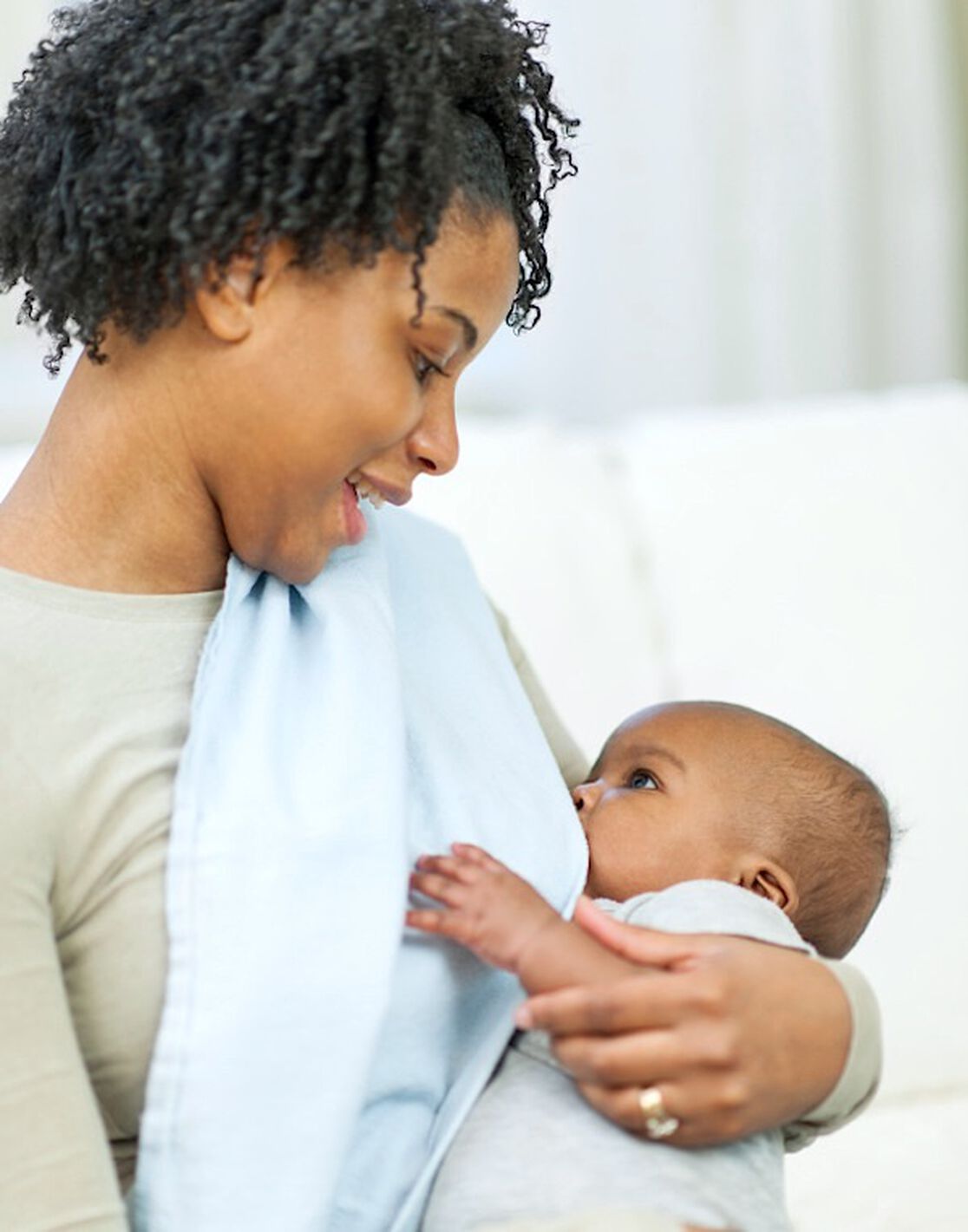It’s World Breastfeeding Week! World Breastfeeding Week (WBW) is an annual celebration that began 22 years ago when the World Alliance for Breastfeeding Action launched the campaign to protect, promote, and support breastfeeding. Every year since then, WBW puts the spotlight on various breastfeeding issues by coordinating the campaign and producing a wealth of educational materials for people to use and take action. “Breastfeeding: A Winning Goal — For Life!” is this year’s theme.
At Honest, we support every parents’ feeding choice — seriously, NO judgment here! We always seek to provide information that helps you make decisions that feel best for your family. Because it’s WBW, though, we’d love our community to join us in an honest discussion about all things breastfeeding and what the current research supports.
Let’s get started with some basics!
How do you know when your baby is hungry or full? Do you wait until your baby cries to feed her?
Knowing the early hunger cues can help with establishing a wonderful breastfeeding relationship between mom (or dad) and baby. Crying is actually a late indicator of hunger. When a baby is starting to show signs of being hungry, she will typically root (search for the breast with an open mouth) and/or bring her hands to her mouth. When she starts to wiggle and fuss, she’s already in the active/middle stage of hunger with crying being a late indicator of hunger.
Hunger Cues
| Early |
|
| Active |
|
| Late |
|
The reason that it’s best to watch for early or active signs of hunger is that latching and successful breastfeeding is much easier with a calm baby and mommy. When a baby is distressed and in an extremely hungry state, she can be very difficult to calm and, therefore, latch and feed.
What’s the best position to feed my baby?
Once baby is ready to feed, there are many different positions you can use — the best position is the one that you and your baby are most comfortable in. Sometimes this means a different position on each breast! (Stay tuned for more details on positioning and latch in next week’s post.) When the going gets tough, relax in a semi-reclining position, put your baby skin-to-skin (this means shirt off mommies and only diapers on your little ones) and place her between your breasts to calm her down. Typically, your baby will search for the breast on her own and self attach. This “biological” form of nursing in which the baby takes the lead helps with latch, positioning, and comfort for mother by stimulating the baby’s neonatal reflexes. In general, the best method of feeding your baby is baby-led. Meaning, when your baby shows hunger cues, you feed her, and when she is full (pulls off the breast on her own and appears content), you stop. This is the preferred feeding method rather than watching the clock and feeding on a schedule. It helps a baby listen to her internal hunger and satiety cues from the beginning. There are a few exceptions to the baby-led approach, so listen to your pediatrician if he or she tells you otherwise. It’s also important to ensure proper growth as that means your baby is receiving enough breastmilk.
What if my newborn wants to sleep all the time? Should I wake him to nurse?
Yes, if he doesn’t wake on his own. Many newborns are very sleepy in the early days or weeks and may not exhibit hunger cues as often as they actually need to eat. Newborns should be nursed anytime they cue hunger, but at least every 2-3 hours during the day and at least once during the night (generally 8-12 feeds in 24 hours). Again, it is important to ensure a good weight gain pattern and visit with your baby’s pediatrician if you have any concerns.
My baby frequently sucks on his hands. Does this always mean that he’s hungry?
After the newborn period, we can’t always rely on hand sucking as an indicator of hunger. Starting around 6-8 weeks, baby will begin to gain more control over his hands and will soon begin to use his mouth to explore his hands and everything else!
***
Enjoy this time, enjoy your baby and your new role as a mommy. There will be ups and downs — you might not love every moment and that’s okay. Stay tuned next week as we dive deeper into this topic and discuss positioning and latch. And let us know if there is anything you’d like to learn more about by sharing in the comments!
- Nicole Meadow, MPN, RD, CSP, CLC Registered Dietitian + Lactation Counselor
We aim to provide you with the most honest and credible information possible. This article was reviewed for accuracy by The Honest Team and was written based on sources that are linked at the bottom of the article.
blog_review_statement



